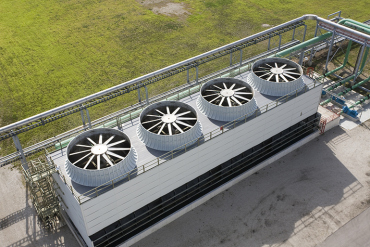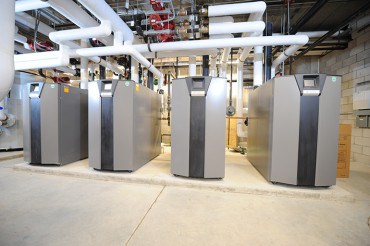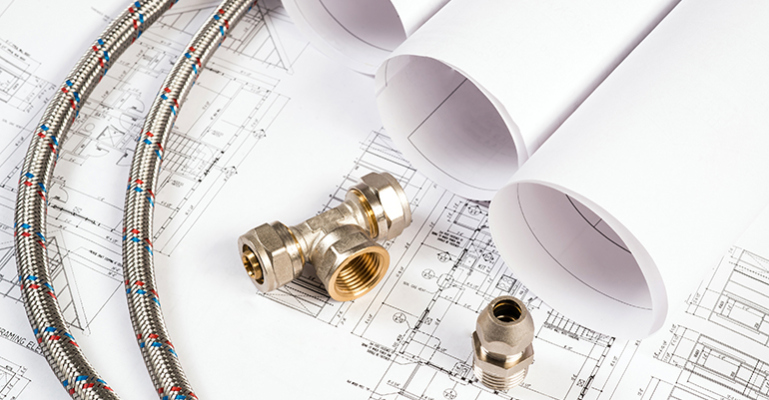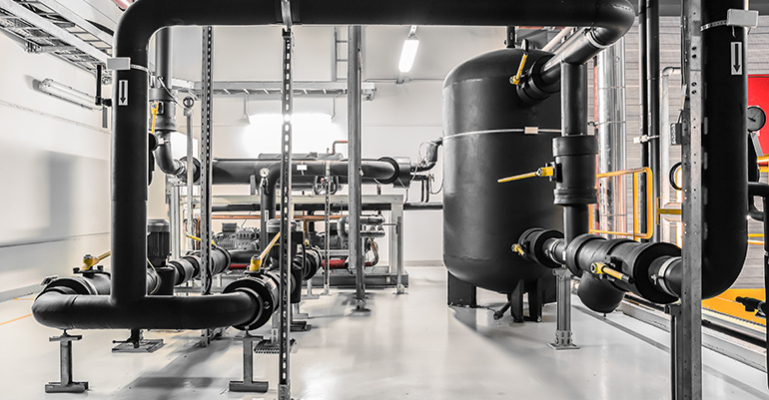Design / Build
Design-Build Construction
Sander Mechanical offers design-build mechanical construction projects as an alternative to traditional plan-and-spec or design-bid-build delivery methodologies. Utilizing our experienced network of qualified engineers and subcontractors, Sander offers the unique ability to efficiently design and construct almost any HVAC or mechanical project. The more unified flow of work, from initial concept through to completion, has proven to deliver superior customer outcomes, with significant cost and time savings.
Design-Build Services
• Scoping & Criteria
• Team Member Selection
• Preliminary Design
• Cost Estimates
• Final Design
• Pre-Construction Services (e.g. Permits)
• Construction
• Commissioning
The Design-Build Advantage
Design-build delivery transforms the relationship between designers and builders (from one that can potentially be adversarial under traditional, design-bid-build contracts) into an alliance which fosters collaboration and teamwork. This simple but fundamental difference offers many opportunities for innovation and added value, which ultimately saves money and time. The Design-Build Institute of America (DBIA) has identified a number of advantages to design-build over conventional design-bid-build:
With both design and construction in the hands of a single entity, there is a single point of responsibility for quality, cost, performance, and schedule adherence. The design-builder is motivated to deliver a successful project by fulfilling multiple parallel objectives, including functional quality, budget, and schedule for timely completion. With design-build, we enable owners to focus on defining their needs and timely decision making, rather than on coordinating and arbitrating between separate design and construction parties.
By building a fully integrated, collaborative team (including consultants, architects, engineers, subcontractors, suppliers, and owners) we can significantly reduce the amount of time from the inception of your project to its completion. Design-build delivery reduces pre-construction time by streamlining purchasing of long-lead-time items and eliminating bidding periods. Teamwork reduces rework and redesign. Design, procurement, and construction can easily overlap, allowing for fast track completion and earlier utilization of the completed facility.
Decisions that can be made during the concept and design phases will impact costs of a project more than any other phase of construction. Instead of waiting until after all engineering plans are complete, design and construction personnel work as a team with owners to evaluate alternative materials and methods from the beginning. Value engineering and constructability can therefore be reviewed continuously and more cost-effectively incorporated into the design. Because design-build allows us to be highly adaptive and responsive in the field, big decisions can also be revisited during construction without change orders or additional fees.
The singularized responsibility inherent in design-build compels motivation for quality and proper project performance. Owners’ requirements and expectations are documented in performance terms and it becomes our responsibility to produce those results. Sander’s design-build team warrants to owners that it will generate design documents that are complete and free from error. During construction, this attention to quality does not end, as team members work together to maximize design and functionality, while maintaining budgetary and schedule concerns.
The best kind of communication is open, honest and often. Design-build is carried out through a highly-transparent process that allows the client to understand all aspects of the project and to know what’s going on. Since the design parameters and budgetary goals of a project are developed simultaneously, it allows for effective execution and communication among all stakeholders. Active membership and greater access to the project team ensure that the client’s perspective is represented throughout the project’s development.
By working with a single partner, your risk exposure is lower. With design-build, the key source of conflict between the designer and constructor is eliminated because each no longer reports separately to the owner. Because the design-builder has the responsibility for developing drawings and specifications as well as constructing a fully-functioning facility, change orders for “errors and omissions” are virtually eliminated.
Designers simultaneously estimate construction costs and can accurately conceptualize the completed project to help the owner determine a budget. This allows the owner to make changes, request additional value engineering, or add scope to a project before the design is complete. Staged contracting for design-build services affords the owner one or more “go, no-go” decision points during design. The decision to proceed with the project is made before substantial expenditure and with advanced knowledge of final project costs.
Design-Build Contracting Process
A design-build delivery can easily be broken into two separate contracts. This allows the owner to take a second look at the project before committing to complete it. The structure for a split contract may look something like the following:
- Contract One: The design-build team is contracted to complete the project design in sufficient enough detail to fix the price of the project.
- Contract Two: The design-build team is contracted to complete the design documents and the construction work
Sander delivers many of its new construction and retrofit projects utilizing the design-build methodology. Contact us today to learn more about whether or not this alternative delivery approach is right for your next mechanical construction or HVAC project.






